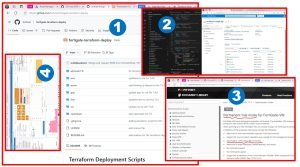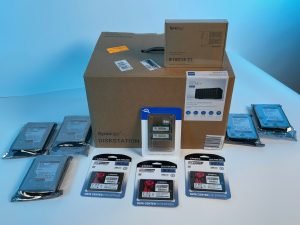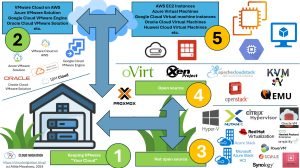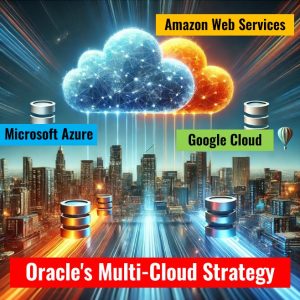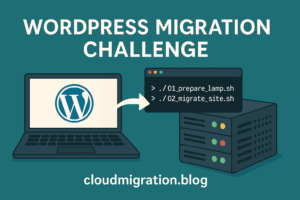
WordPress Migration Challenge from SiteGround to My Own Server
Migrating a WordPress site from SiteGround to a self-hosted VM involved FTP and SSH transfers, MySQL dump and import, DNS updates, and Let’s Encrypt setup. This post details how I automated each step – verifying file integrity, syncing databases, cleaning SiteGround plugins, and securing the new server for full WordPress functionality on my own infrastructure.





